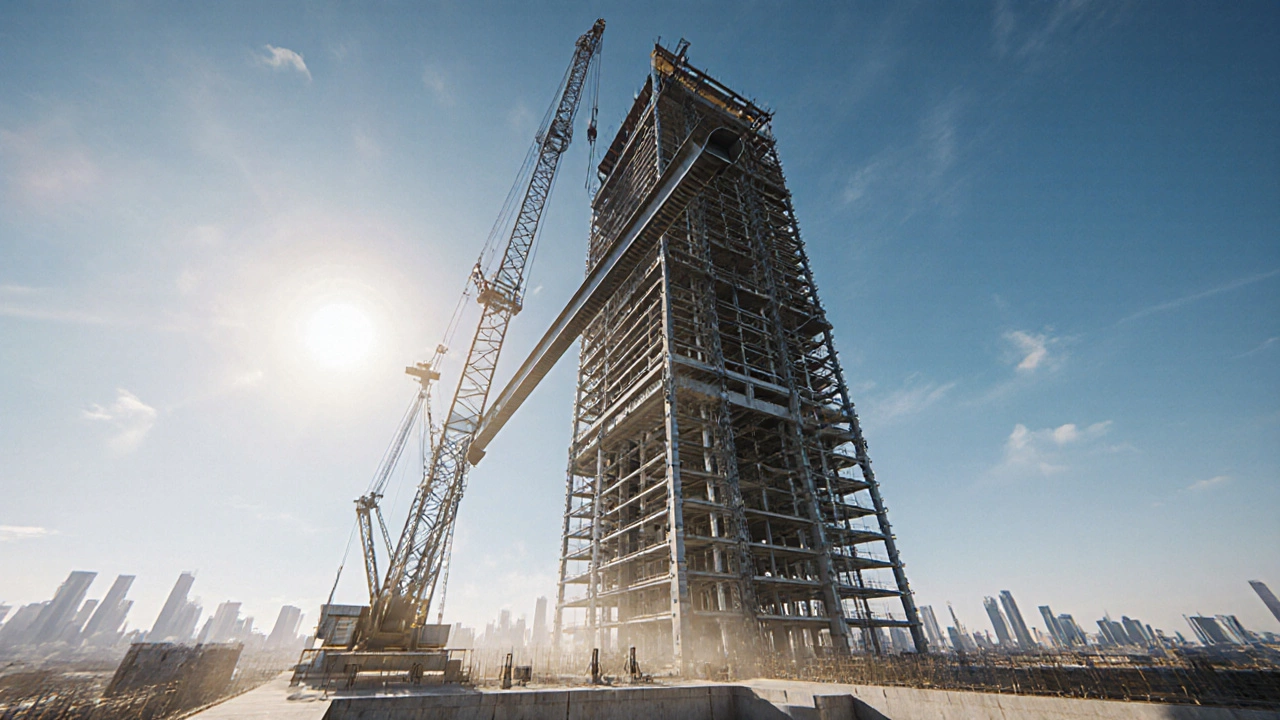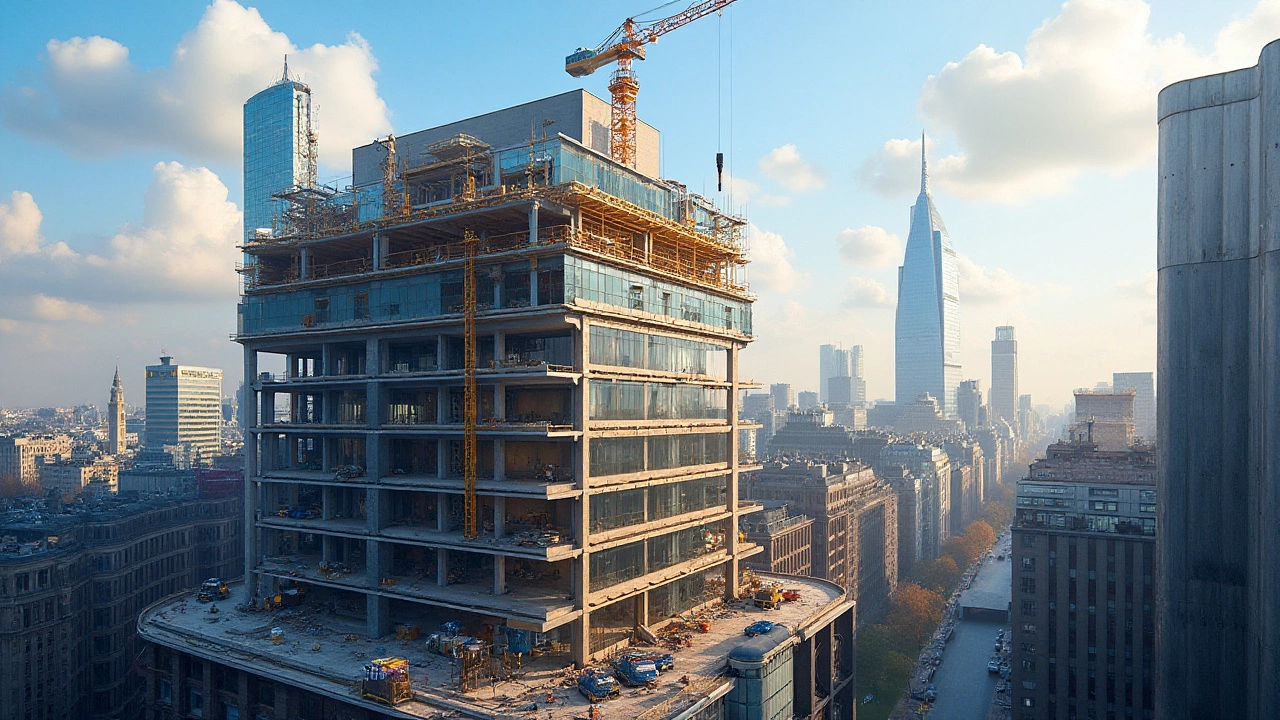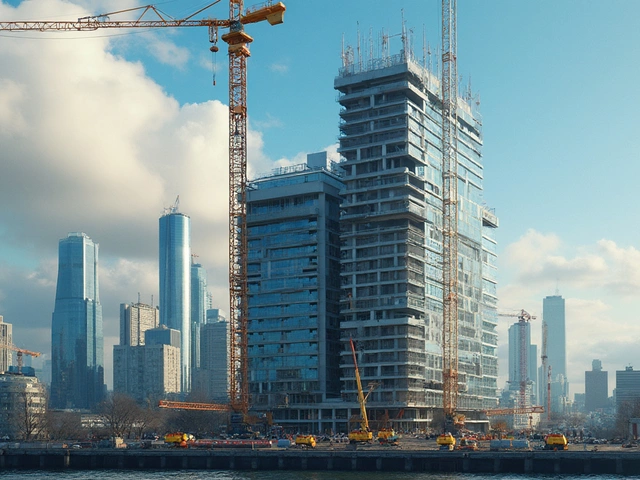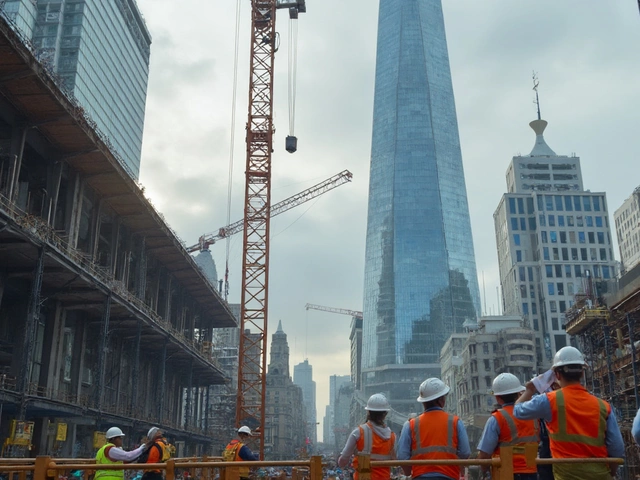Construction Types – What They Are and Why They Matter
When you start a building project, the first thing you need to decide is the type of construction you’ll use. It sounds simple, but the choice shapes everything from cost and schedule to durability and safety. In this guide we’ll break down the most common construction types you’ll see in our articles, give you quick pointers on when each works best, and point out a few pitfalls to avoid.
Think of construction types as the recipe for a building. Just like cooking, the ingredients (materials) and method (structure) determine the final flavor (performance). Whether you’re planning a new home, a kitchen remodel, or a commercial warehouse, knowing the right type saves money, keeps you compliant with regulations, and makes the finished project last longer.
Residential Construction Types
Most homes fall into a few familiar categories. The classic wood‑frame (often called Type 5) is still the go‑to for single‑family houses because timber is cheap, easy to work with, and provides good insulation. Our post on "Type 5 Building Construction Explained" covers fire‑risk concerns and tips for reinforcing the frame if you’re in a high‑wind area.
Concrete block and poured‑in‑place concrete are another popular route, especially for basements and foundations. If you see signs of settlement after 20 years (see our "Does a House Settle After 20 Years?" article), you may need to check the underlying concrete slab or re‑grade the soil.
When it comes to interiors, the dry‑fit kitchen method is a fast, low‑risk way to test layout before the final install. Our 2025 guide walks you through the steps, from rough‑in plumbing to cabinet placement, so you can catch errors early and avoid costly re‑work.
Commercial and Specialized Construction Types
Commercial projects demand a different set of rules. Steel frames, curtain walls, and reinforced concrete are common because they handle bigger loads and meet stricter fire codes. The "Commercial Building Construction Types" article dives into material choices, class ratings, and safety codes you’ll need to follow.
Some niche types, like modular or prefabricated construction, let you build sections off‑site and assemble them quickly. This can shrink the construction timeline dramatically—great if you’re racing against a deadline.
Regardless of the type, every project shares a few universal steps: clear design documents, proper soil testing, and a solid foundation plan. Our "345 Rule Explained" post gives a quick cheat‑sheet for laying out foundation measurements, while the "Best Foundation Repair Methods" guide shows how to fix problems before they spread.
Choosing the right construction type isn’t just about materials; it’s about matching the method to your budget, timeline, and long‑term goals. Use the links in the tag page to dig deeper into each topic, and you’ll be ready to make an informed decision that keeps your project on track.
What Construction Type Dominates Modern Commercial Buildings?

Discover why steel‑frame construction dominates commercial building projects, explore alternatives like concrete and timber, and get a practical checklist to choose the right method for your next build.
read moreCivil Construction vs Commercial Construction: Key Differences Explained

Civil construction and commercial construction might sound pretty similar if you don't work in the field, but they're actually quite different in what they build, who uses them, and how those projects get managed. This article breaks down exactly what sets the two apart, showing the kind of jobs each involves and what you should watch out for if you're thinking about a project. You'll learn about the scale, regulations, budgets, and even some surprising fun facts about how cities and businesses get built. Whether you're hiring a contractor or just want to sound smart at your next house party, this guide gives you the details in plain English. Expect clear tips and real-world insight—no jargon.
read moreUnderstanding the Differences: Commercial vs. Non-Commercial Construction

Commercial and non-commercial construction projects might seem similar at first glance, but they cater to different needs and have distinct characteristics. Commercial construction usually focuses on projects like office buildings, malls, or hotels, aiming for profit. Non-commercial projects are often public works or residential homes prioritizing community benefits. Knowing the unique aspects of each helps stakeholders make informed decisions.
read moreUnderstanding the Key Differences Between Civil and Commercial Construction

This article delves into the distinctive aspects of civil and commercial construction, shedding light on their unique purposes and characteristics. Civil construction typically involves infrastructure and public works, focusing on roads, bridges, and water systems, while commercial construction centers on buildings meant for business purposes like offices, shops, and restaurants. Key differences also include regulatory processes and project scale. Understanding these variations can aid in selecting the right type for specific needs.
read more



